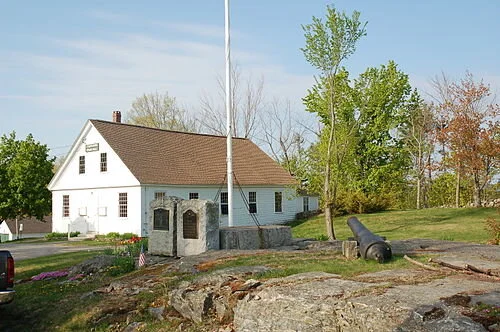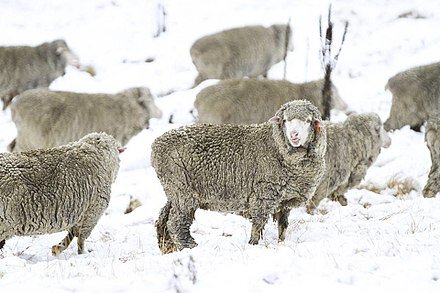William Morgan: The utilitarian and the romantic in the Granite State
A 50-cent picture found in a junk store in Warren, R.I., is the ultimate Granite State winter pin-up. On the rear, penned in real ink, is the legend: “Sue Nardi on Snowplow/South Lyndboro, N.H./Feb. 12, 1950’’
Lyndeborough is a small upland village in southwestern New Hampshire, just above where Stony Brook joins the Souhegan River, which provided power for the 19th-Century textile mills at Wilton, N.H.
The image was printed in someone’s basement or in a school darkroom, as the edges of the image are not parallel. My guess is that this is probably a yearbook photograph.
It is more romantic, however, to imagine that the photographer was Sue Nardi’s adoring boyfriend. (Valentine’s Day was just two days away.)
The fetching Italian-American dressed up for this glamour shot. Despite the snow, she is wearing penny loafers and her trousers are seriously ironed. (Feb. 12 of that year was a Sunday, but surely Miss Nardi would have worn a dress to Mass?)
If still with us, Sue would be around 90 – perhaps still treasuring memories of posing against that essential northern New England implement, a snowplow.
William Morgan is an essayist and architectural historian. He is the author of Monadnock Summer: the Architectural Legacy of Dublin, New Hampshire. His next book, Snowbound: Dwelling in Winter, will be published next year by Princeton Architectural Press.
Lyndeborough Town Hall, built in 1846.
Wilton Woolen Co. mill in 1912. There were lots of woolen mills in New England, originally because it was prime sheep-raising country and New Englanders needed wool to keep warm in the region’s long cold season.
New England Merino sheep, famed for the quality of their wool. Merino sheep were introduced to Vermont in 1802. By 1837, 1 million sheep were in the state. But the price of wool dropped to 25 cents/pound in the late 1840s. The state could not handle more efficient competition from other states, and sheep-raising in the Green Mountain State collapsed. Still, it was a bonanza for decades.



